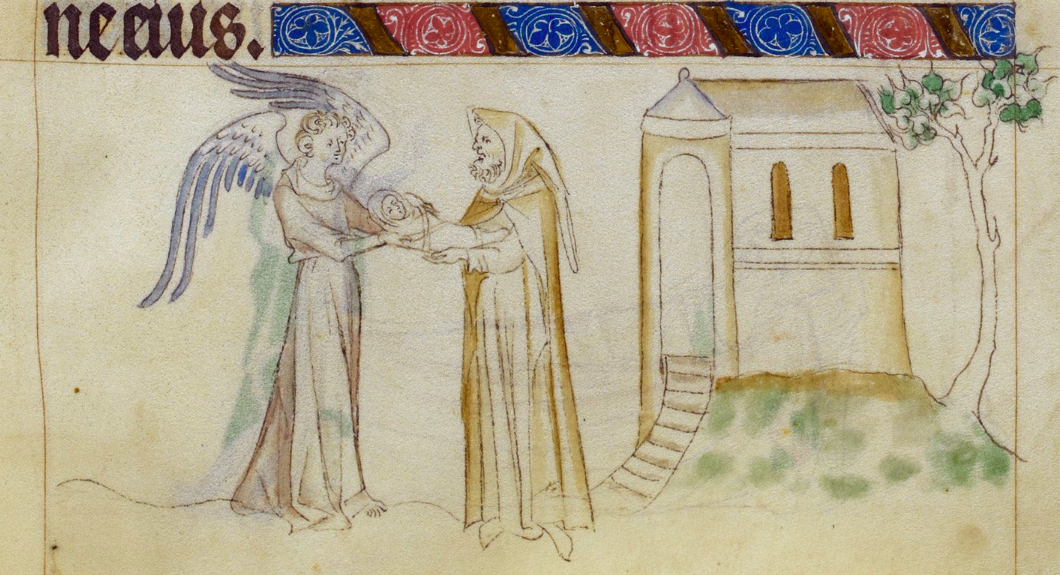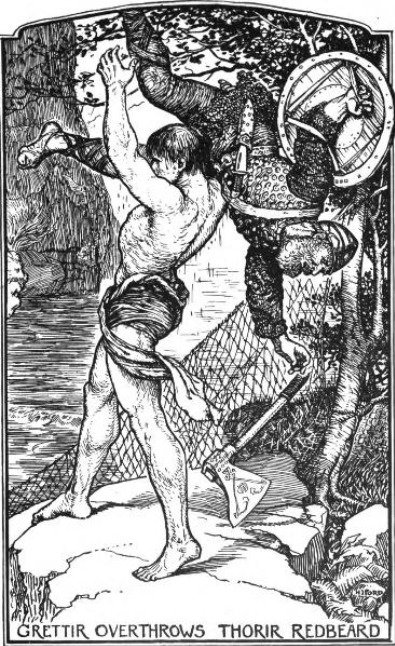Illuminated initial from Geoffrey of Monmouth's Historia regum Britanniae - (British Library)
The story of the legendary first kings of the Britons, complete with prophecy, a divine appearance, and a number of origin myths behind the names of Tours, Cornwall, New Troy, and Britain itself.
For this episode, we go to Geoffrey of Monmouth's chronicles for Britain's mythical Trojan origins, following Brutus of Troy as he receives visions from the goddess Diana and voyages to an Albion still inhabited by giants.
If you like what you hear and want to chip in to support the podcast, my Patreon is here.
Sources:
Armitage, David. The Ideological Origins of the British Empire. Cambridge University Press, 2000.
Geoffrey of Monmouth. History of the Kings of Britain, translated by Aaron Thompson. In parentheses Publications Medieval Latin Series, 1999.
Gillingham, John. The English in the Twelfth Century: Imperialism, National Identity, and Political Values. Boydell Press, 2000.
Jeffs, Amy. Storyland: A New Mythology of Britain. riverrun, 2021.
Lavezzo, Kathy. Imagining a Medieval English Nation. University of Minnesota Press, 2004.
Spence, John. Reimagining History in Anglo-Norman Prose Chronicles. York Medieval Press, 2013.
Valerie I. J. Flint. “The Historia Regum Britanniae of Geoffrey of Monmouth: Parody and Its Purpose. A Suggestion.” Speculum 54, no. 3 (1979): 447–68.










